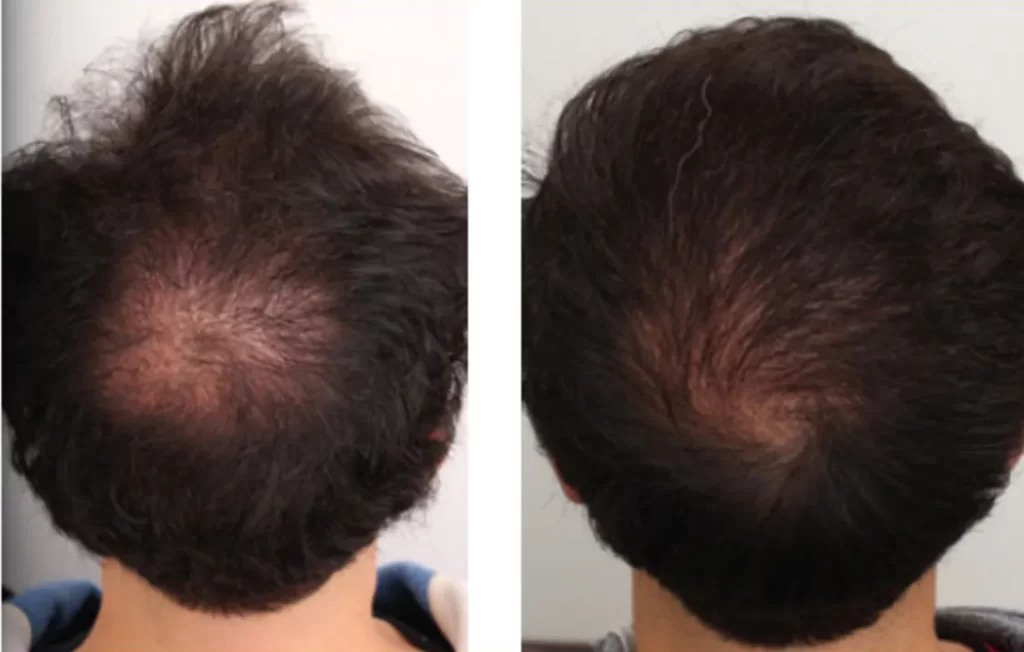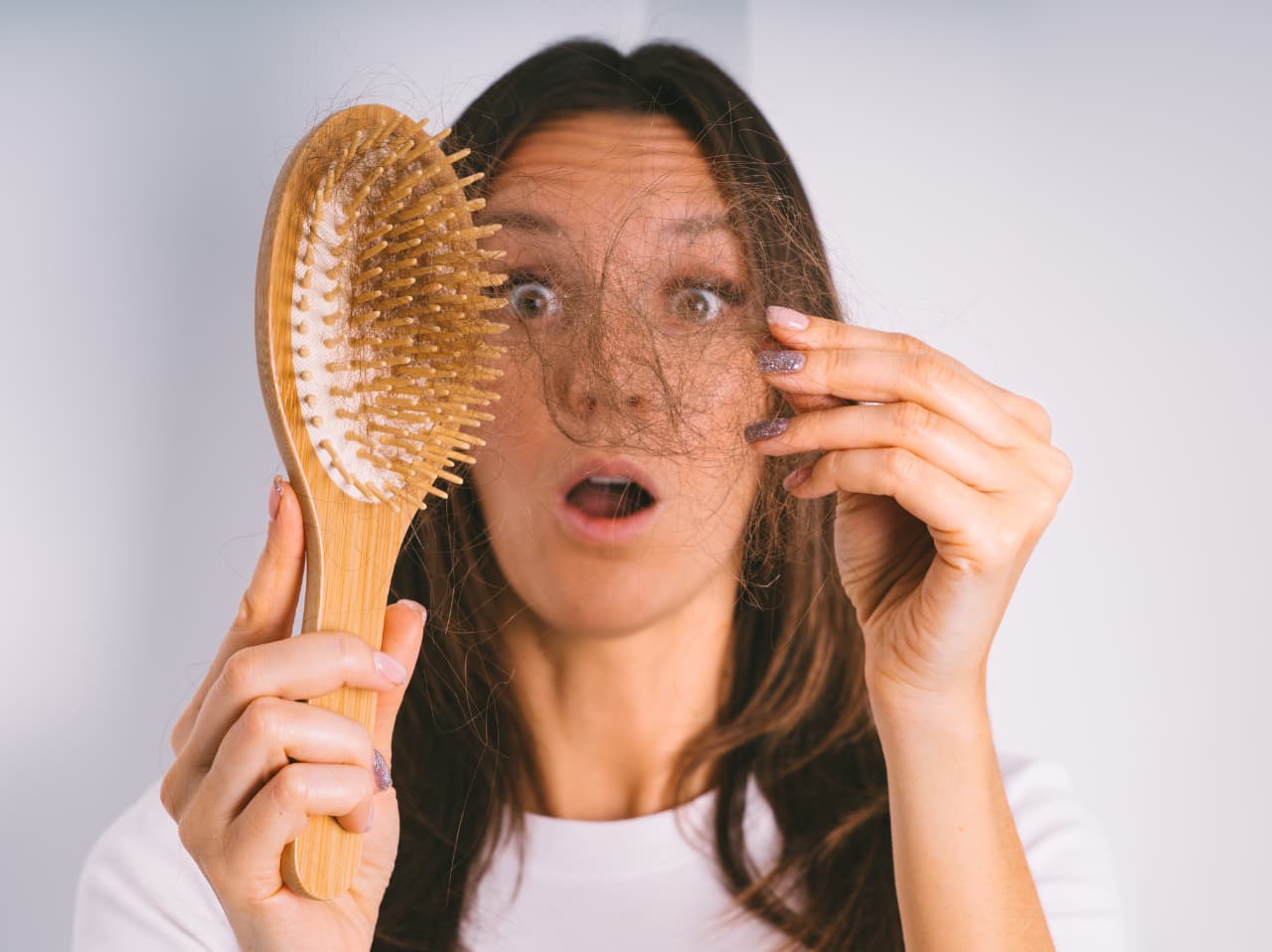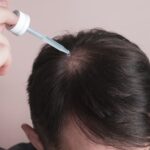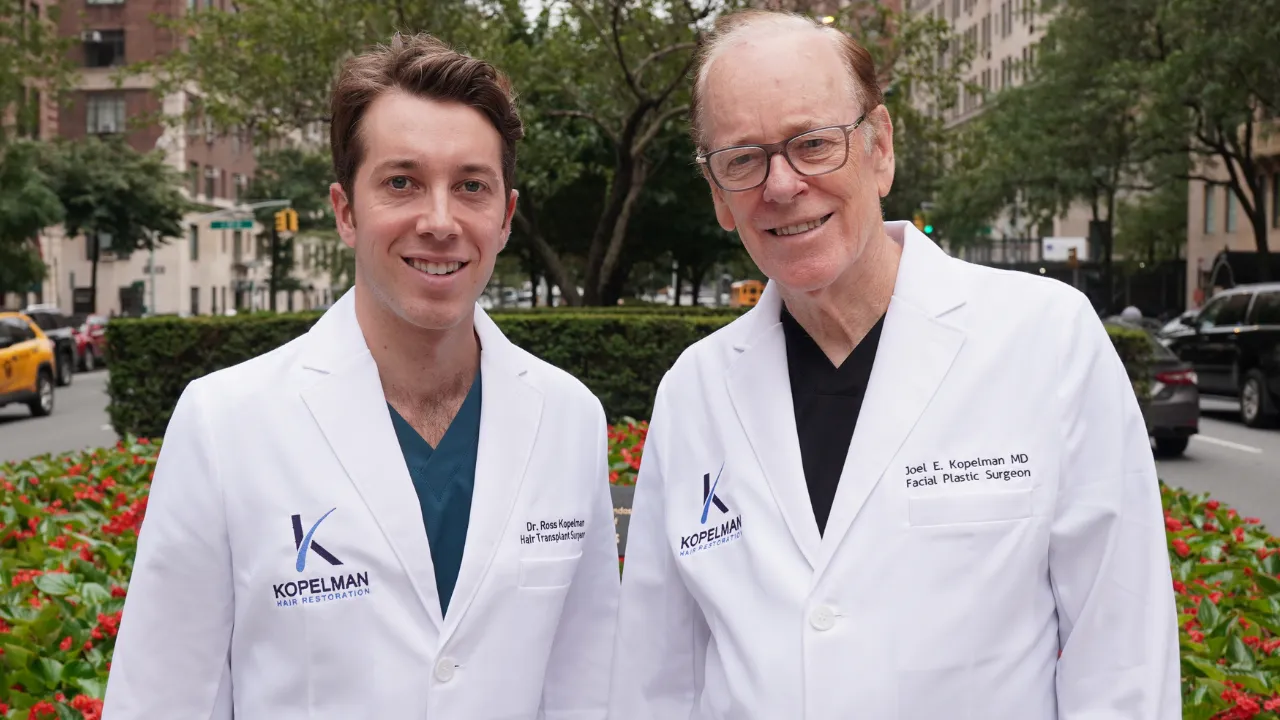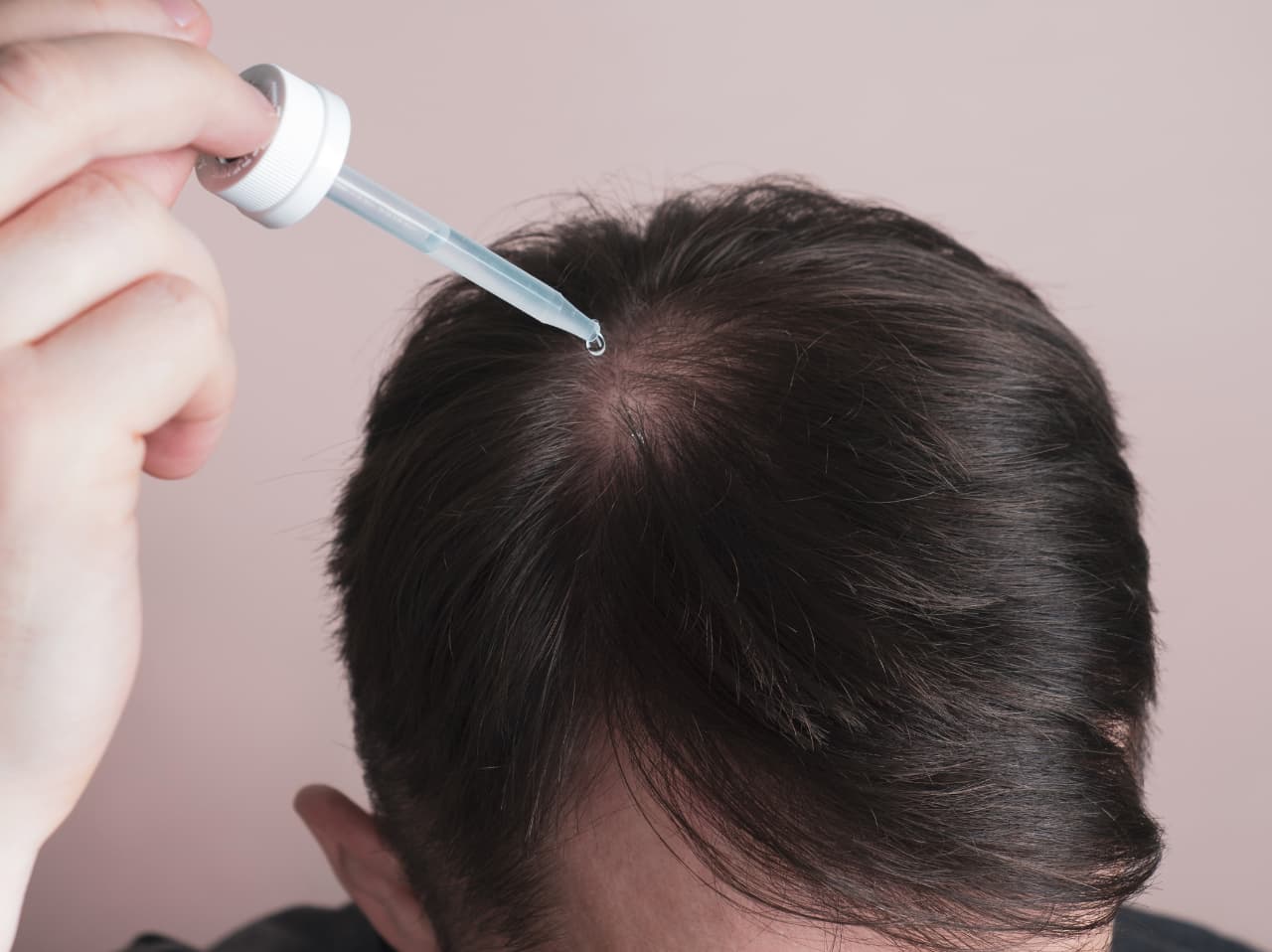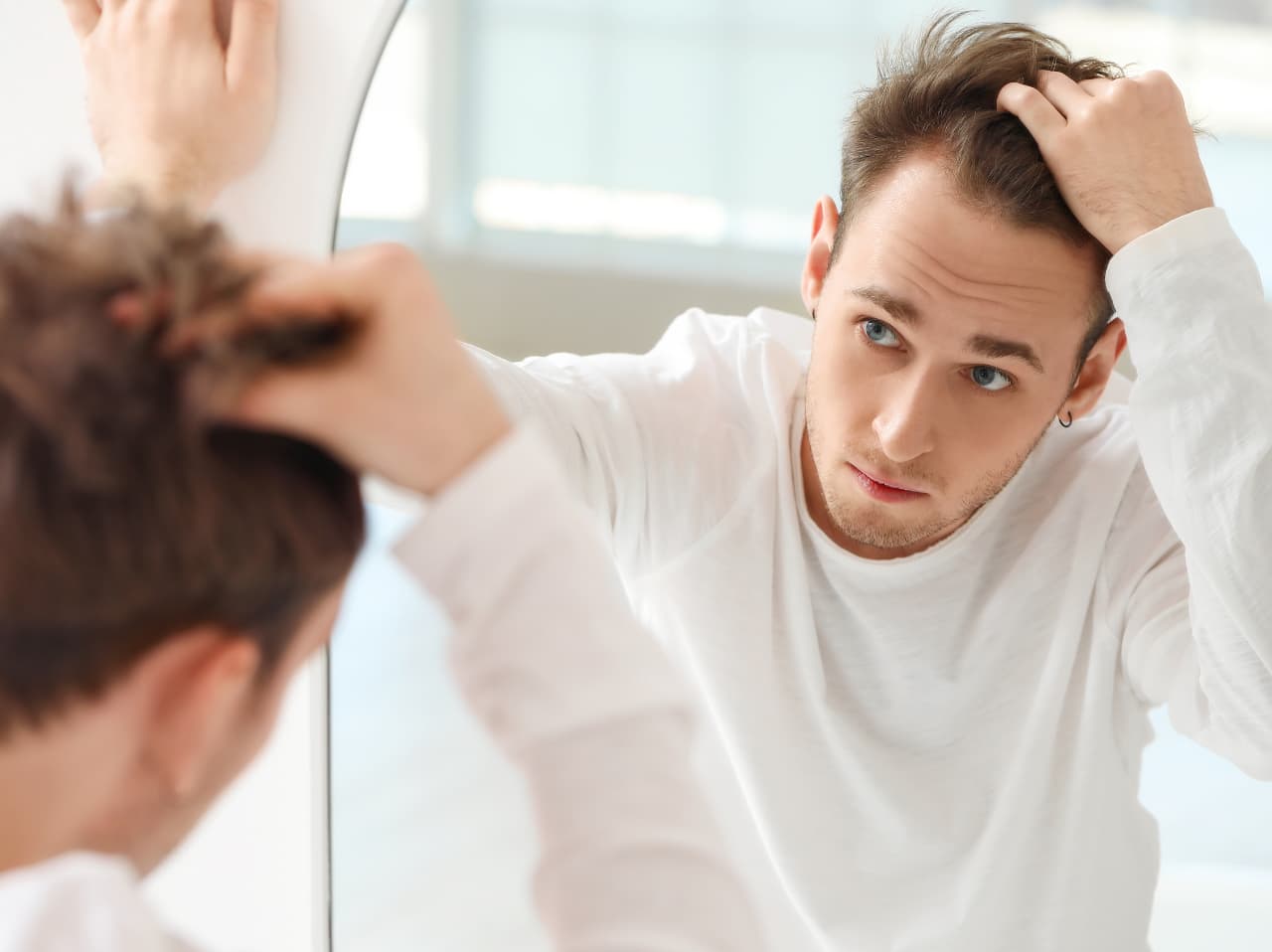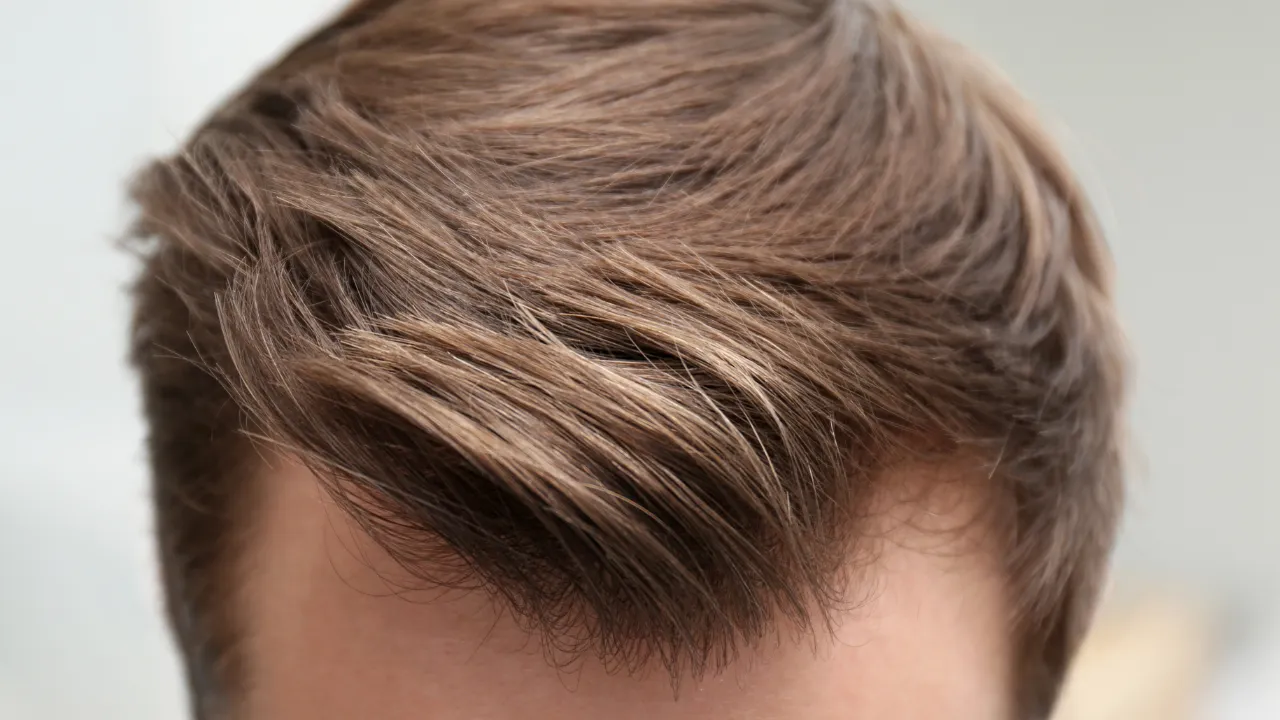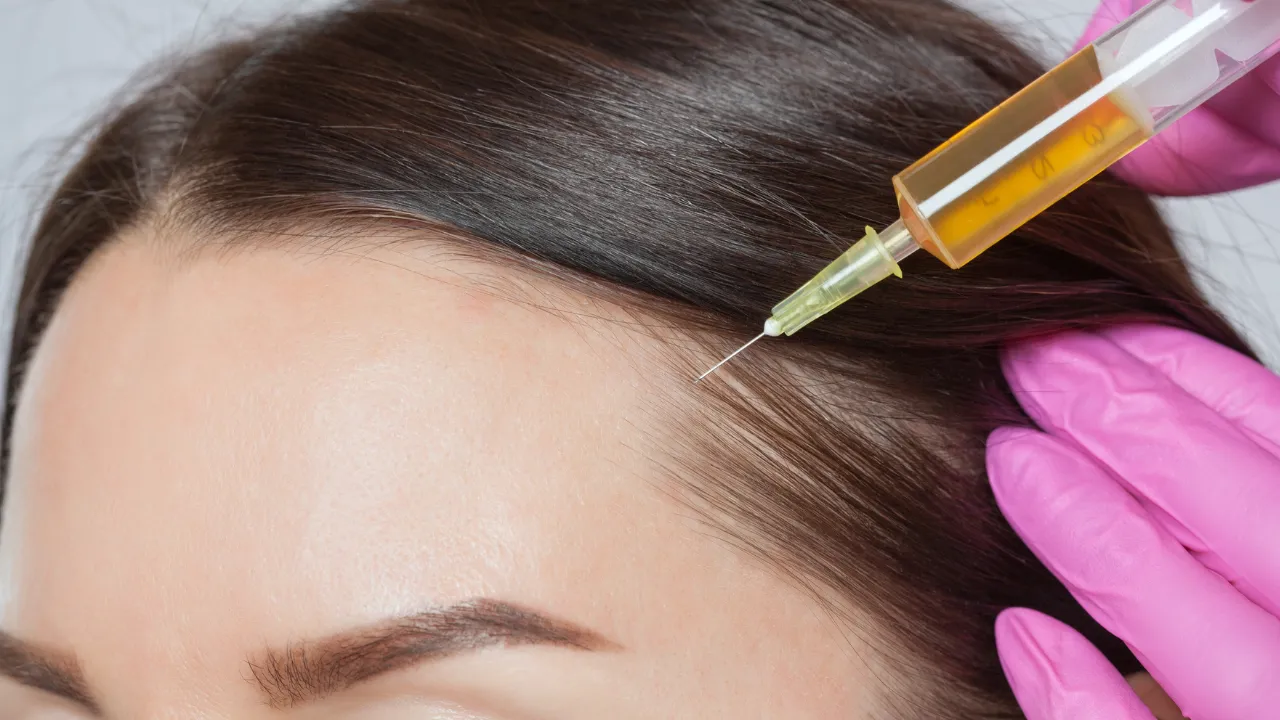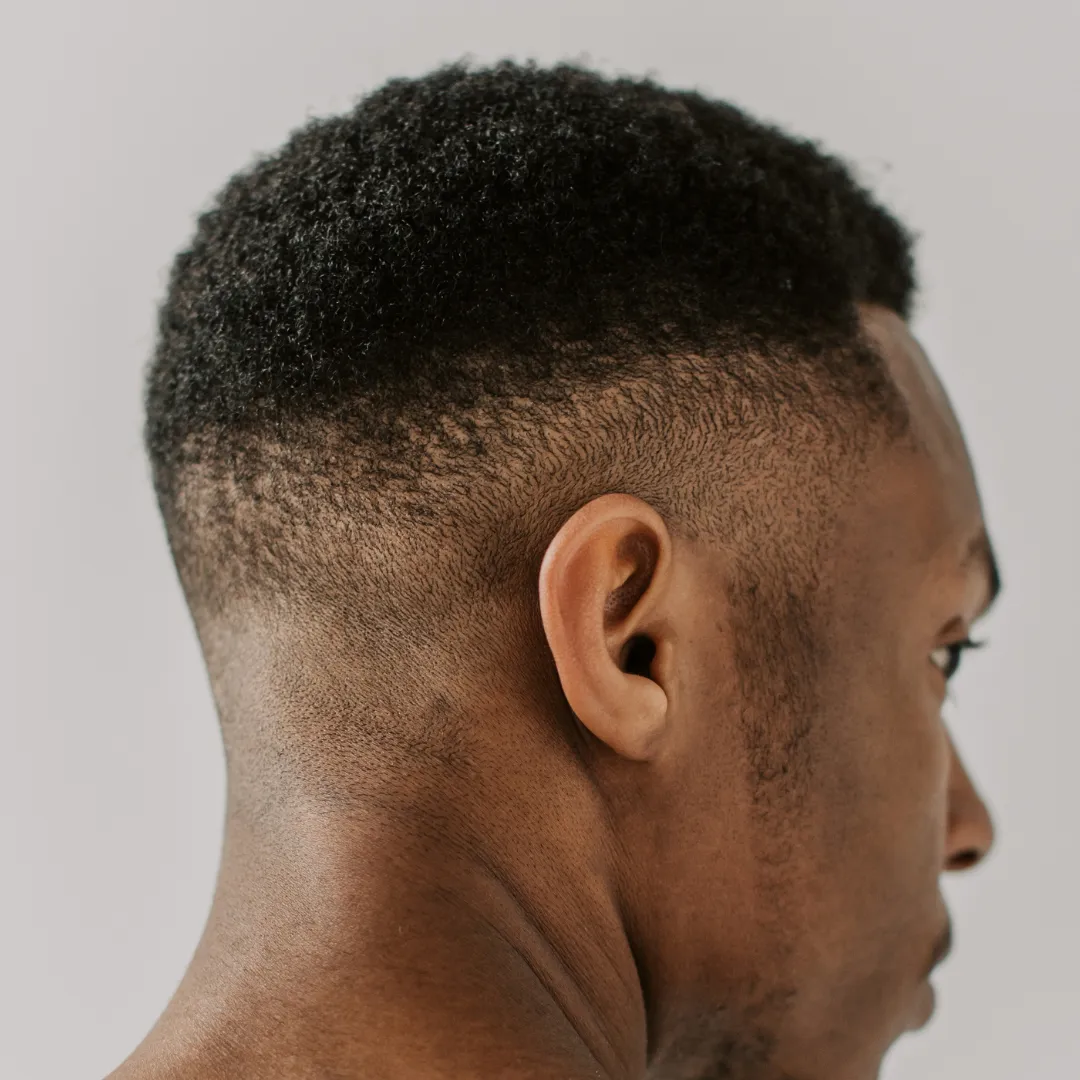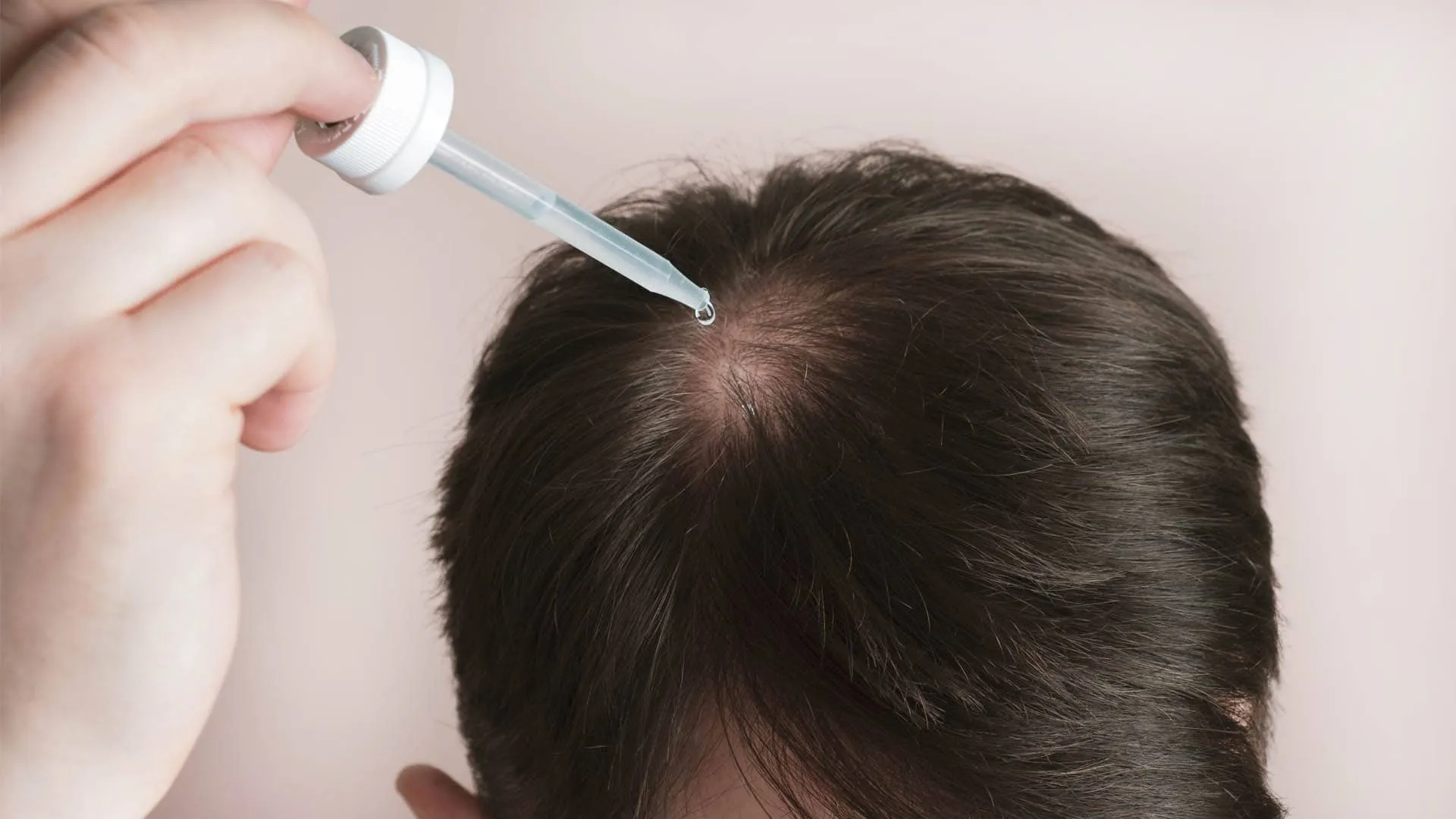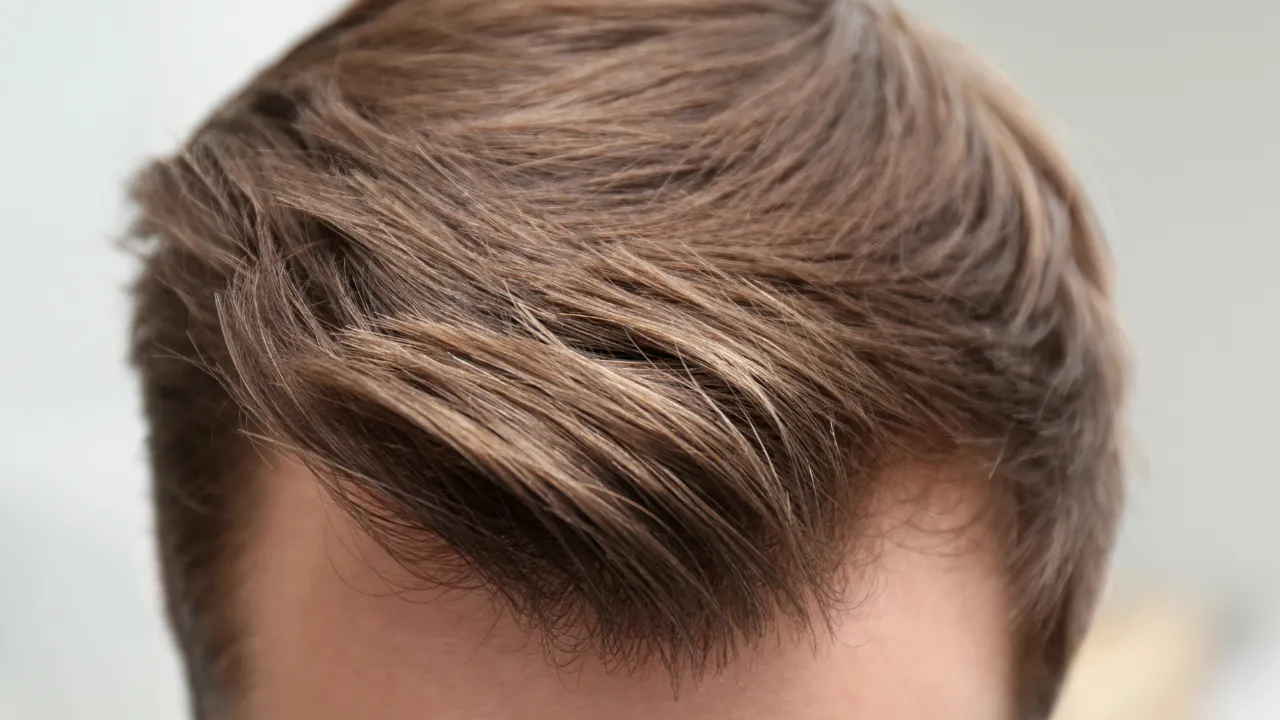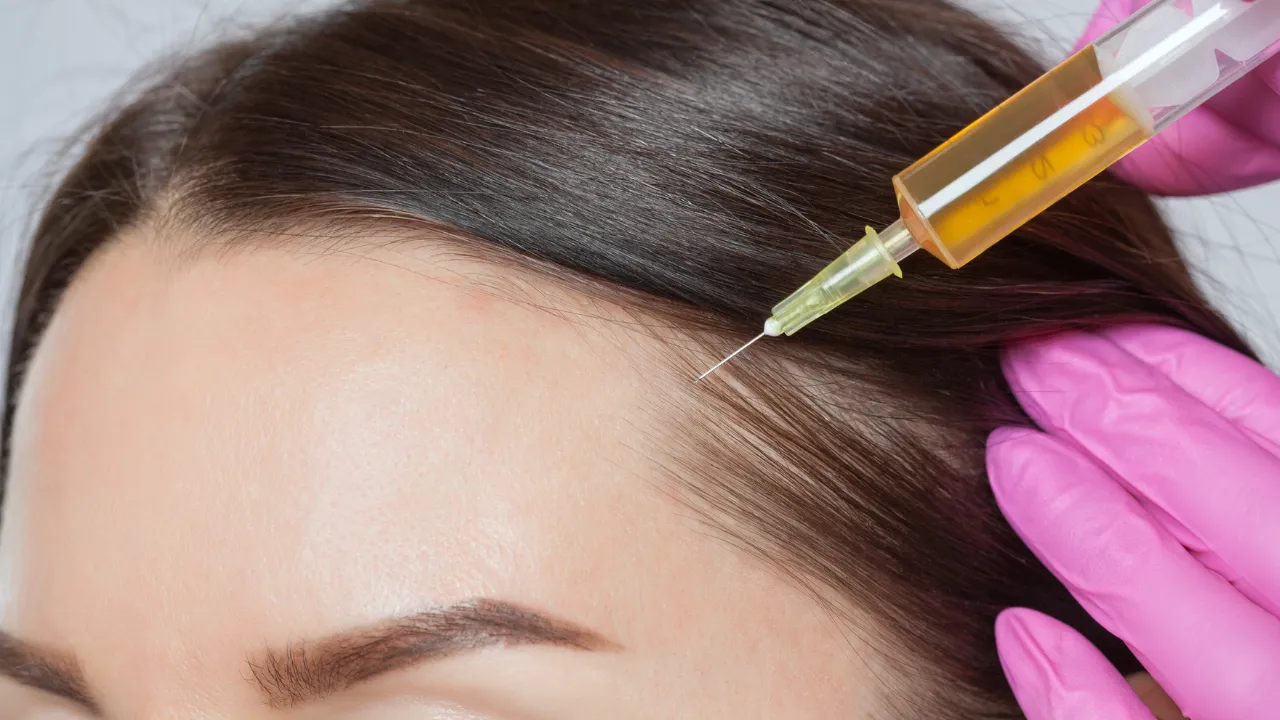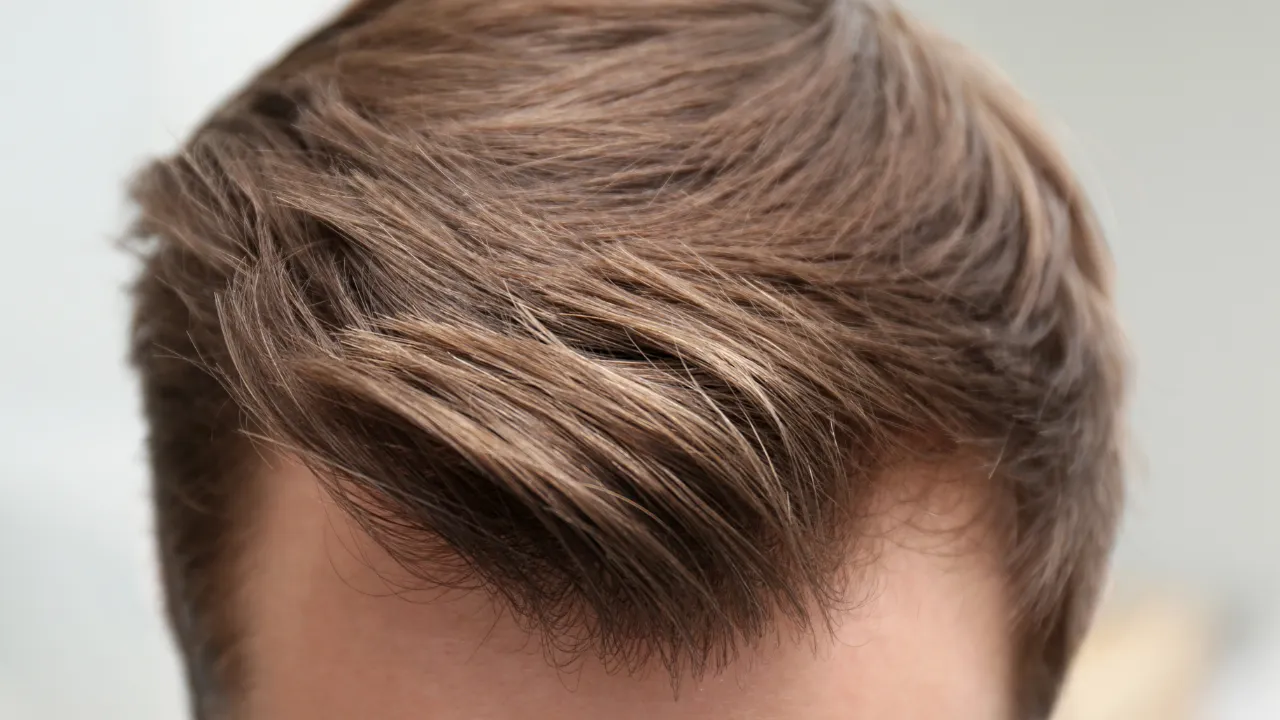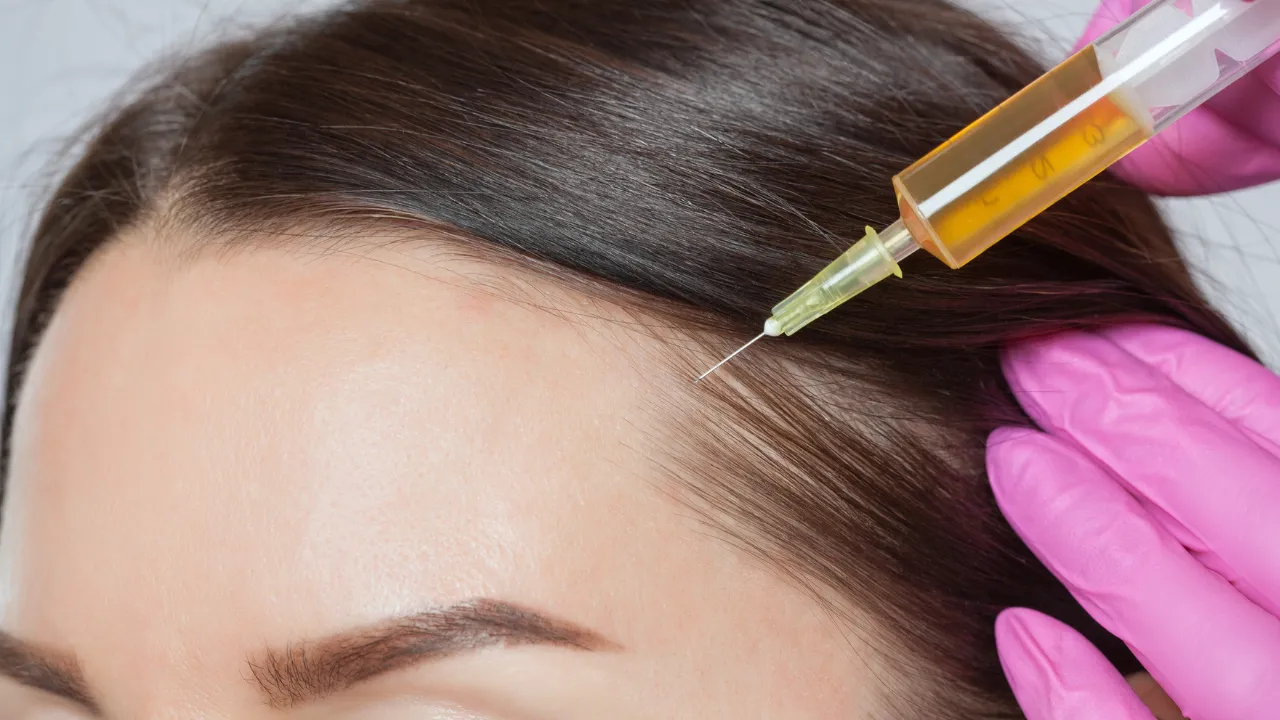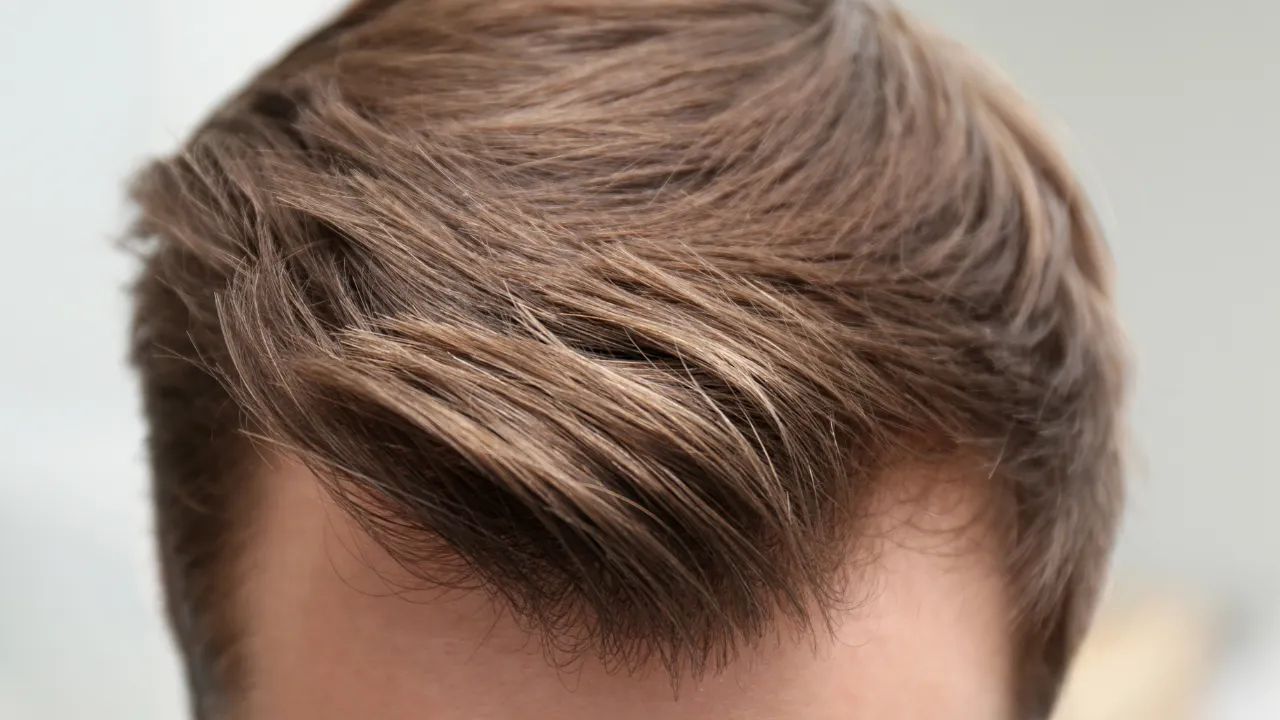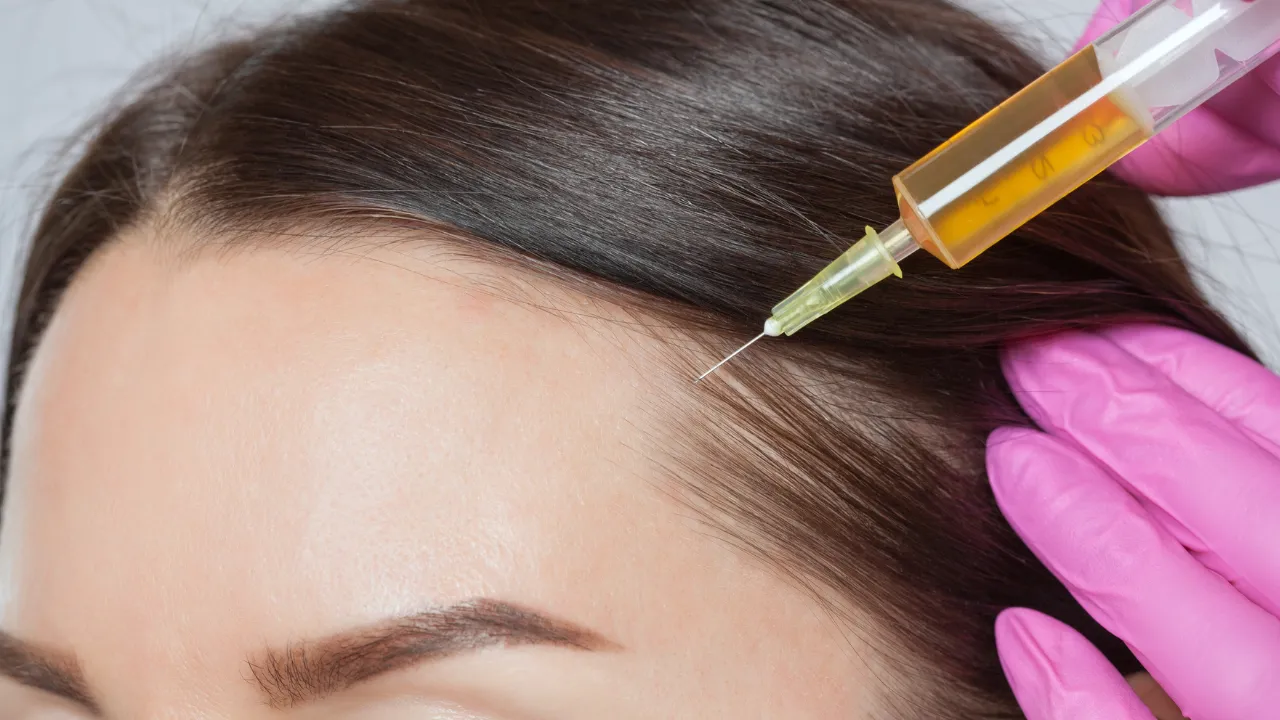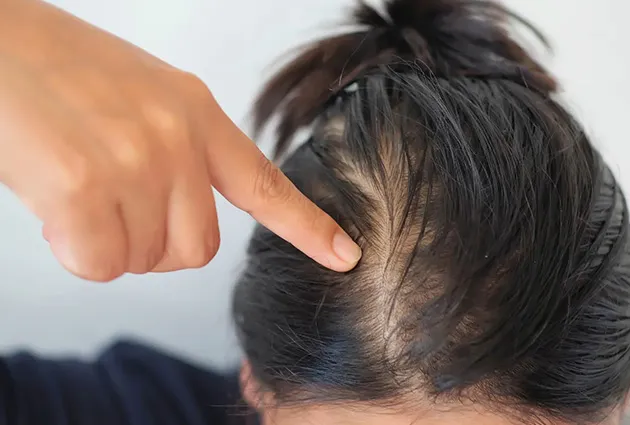Table of Contents
ToggleWhy Use Beard Hair for Hair Transplants?
Beard hair is a valuable option for a beard transplant, especially for individuals with limited scalp donor areas.
Its unique texture and density make it ideal for enhancing volume in areas like the crown or mid-scalp. Additionally, using beard hair helps preserve scalp donor sites for future procedures.
A beard to head transplant is particularly effective for individuals with advanced male pattern baldness, offering a reliable donor source when scalp grafts are limited.
By utilizing multiple donor areas, patients can achieve natural-looking, fuller hair coverage tailored to their needs.
Learn more about the pros and cons of using beard hair for hair transplant in different contexts.
Benefits of Beard Hair Grafts
Beard grafts for hair transplant offer key advantages, they are denser and coarser than scalp hair, making them ideal for improving thickness in specific regions.
For areas requiring extra volume, like the crown, beard hair delivers noticeable results.
Another benefit is the abundance of grafts available from the beard area, which is often underutilized.
This approach allows hair transplant surgeons to maximize graft yield without depleting the scalp donor areas.
Combining facial hair with scalp hair provides flexibility for long-term hair restoration.
How Beard Hair Differs from Scalp Hair
Beard hair differs from scalp hair in texture, thickness, and growth cycle. Beard hair grows in single-follicle units, making it better suited for adding density to areas like the crown or mid-scalp.
However, the shorter growth cycle of beard hair may cause it to blend differently with scalp hair.
Strategic placement during the hair restoration procedure ensures seamless integration for natural-looking results.
Most patients want to know how many grafts can be taken from their beard without harming density, and the average range is 500–2,500 depending on thickness, growth pattern, and skin type.
How Beard Hair Transplants Work
Beard hair transplants involve extracting grafts from the beard area and implanting them into areas of hair loss.
This method is highly effective for patients with limited scalp donor areas or those seeking to enhance density in specific regions.
The process requires precision to ensure that transplanted hair blends naturally with surrounding hair.
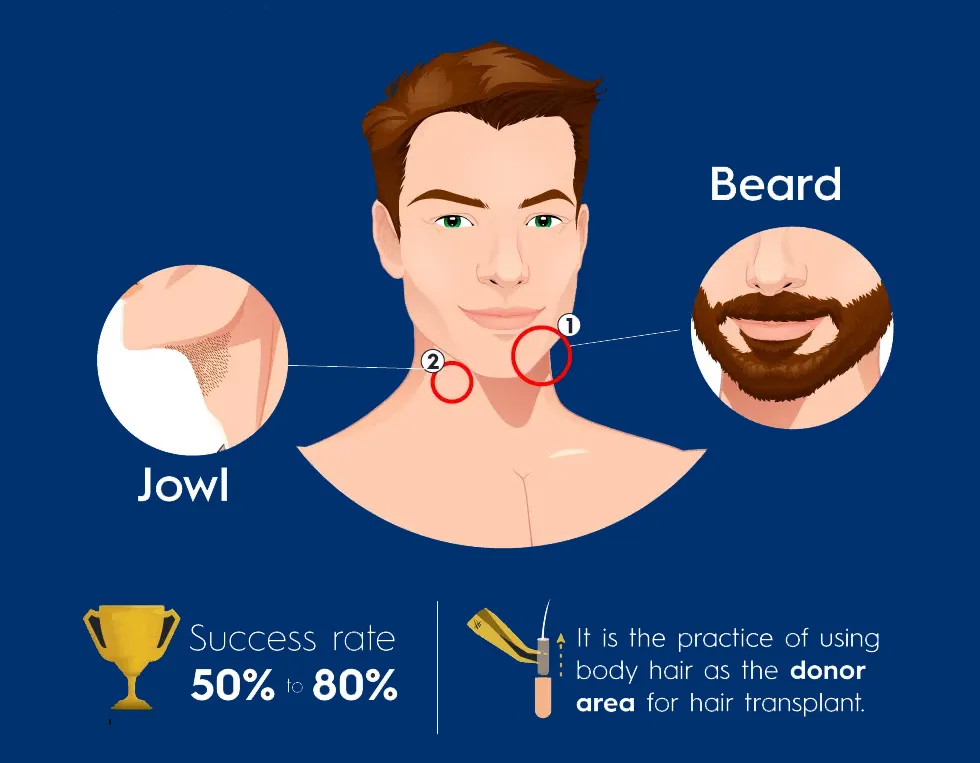
Extraction Techniques for Beard Hair Grafts
The extraction process uses follicular unit extraction (FUE), a minimally invasive hair transplant technique.
During FUE hair transplants, individual beard hair follicles are removed using precise tools to ensure minimal scarring and high graft survival rates.
This method is particularly effective for preserving the natural appearance of donor sites.
Careful extraction ensures enough grafts are harvested while maintaining the aesthetic integrity of the beard area.
Implanting Beard Hair on the Scalp
After extraction, beard hair grafts are implanted into the recipient area using advanced hair transplant techniques.
Tiny incisions are made to match the natural growth direction of surrounding hair.
This strategic placement ensures that transplanted hair integrates seamlessly, creating a natural appearance.
Hair Transplant from Beard are especially effective for areas requiring thickness.
Ideal Candidates for Beard to Hair Transplants
Patients with advanced male pattern baldness often benefit from this approach, as it provides an additional donor source for effective restoration.
Candidates should have a healthy, dense beard donor area with strong hair follicles.
This ensures optimal graft yield and long-lasting results. A detailed consultation with Dr. Kopelman helps determine whether this method is appropriate for each patient.
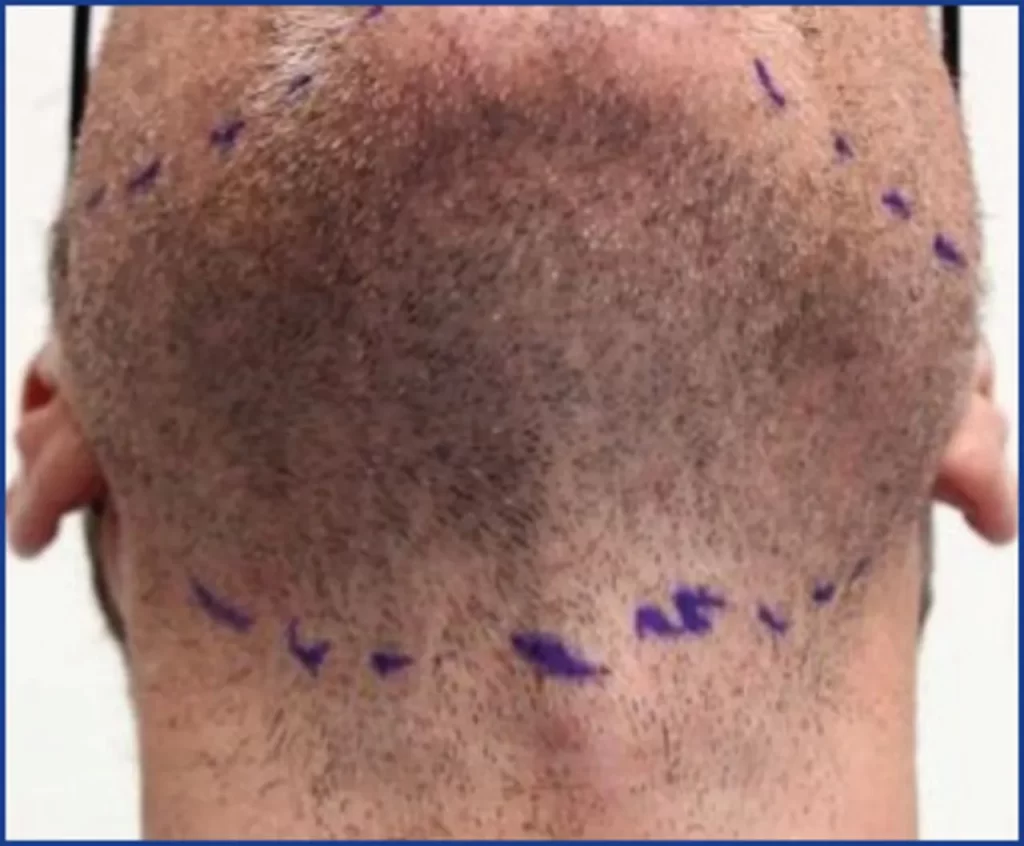
Who Should Consider Beard Hair Transplants?
Patients with insufficient scalp donor hair or those who need more density in areas like the crown or mid-scalp are ideal candidates.
Beard hair is particularly beneficial for touch-ups or enhancing previous scalp transplantation procedures.
Beard hair follicles are robust and well-suited for filling gaps in areas requiring volume.
However, patients should have realistic expectations about the blending of beard and scalp hair.
What Hair Is Not Suitable for Transplants?
Certain types of hair, such as vellus (fine or light) hair or hair from damaged donor sites, are not suitable for transplants. These follicles lack the density or strength needed for effective restoration.
Medical conditions affecting hair growth can also impact the suitability of donor areas. Careful assessment of the donor and recipient sites ensures successful results.
Can Beard Hair Grafts Fail?
While rare, beard hair grafts can fail due to factors like poor blood supply, improper handling during transplant surgery, or inadequate post-operative care.
Many patients ask whether beard hair transplant to head procedures are effective for restoring density in areas like the crown or hairline.
Following aftercare guidelines, such as avoiding physical strain and maintaining cleanliness, helps reduce risks.
Advanced surgical techniques, like FUE or DHI (Direct Hair Implantation) also ensure a high survival rate for transplanted hair.
How Many Grafts Can You Get from the Beard?
If you’re wondering how many grafts can be extracted from beard, the average is 2,000 to 3,000 depending on beard thickness and follicle health. This makes it a valuable donor source for patients with extensive hair loss.
A proper assessment of the beard area ensures the maximum number of grafts is extracted without compromising the natural look of the donor site.
Graft Yield Based on Beard Thickness
Beard thickness directly affects the number of grafts available. Patients with dense facial hair typically yield more grafts, while sparse beards may limit the donor supply.
The neck and lower jawline are often the best donor sites due to the robust nature of the hair.
Strategic planning ensures enough grafts are harvested while preserving the beard’s aesthetic appearance.
Comparing Beard Hair Grafts to Scalp Hair Grafts
Beard hair grafts are thicker and grow in single units, making them ideal for areas requiring volume.
Scalp hair, which grows in multiple follicle groupings, is better suited for softer areas like the hairline.
When comparing techniques, it’s useful to review beard to scalp hair transplant before and after photos to see realistic coverage and density improvements.
A beard to head hair transplant is ideal for those with limited scalp donor supply. Using a combination of beard and scalp grafts allows hair restoration surgeons to achieve optimal results, balancing volume with natural-looking texture.
Beard Hair Transplant Costs and Benefits
The hair transplant beard cost varies by clinic and region. Beard hair transplants typically cost between $10,000 and $18,000, depending on the number of grafts needed and the complexity of the procedure.
This price reflects the personalized nature of the surgery and its long-term benefits.
Patients often find the investment worthwhile, as the results are permanent and reduce the need for additional hair restoration surgery in the future.
See real results and success stories using beard hair for hair transplant in our before-and-after gallery.
Beard to Scalp Hair Transplant Cost Breakdown
The cost of a beard to scalp transplant is influenced by factors such as the number of grafts, surgeon expertise, and clinic location.
Most procedures require 2,000 to 3,000 grafts, with an average cost of $5 to $8 per graft.
Additional expenses may include pre-surgery consultations, medications, and follow-up appointments.
Choosing a board-certified hair transplant surgeon ensures the best value and results.
Post-Transplant Care for Beard Hair Grafts
Post-transplant care is essential for graft survival. Patients should keep the transplanted area clean, avoid scratching, and follow medical guidelines to minimize swelling or irritation.
Avoiding intense physical activities and attending follow-up appointments helps ensure long-term success.
With proper care, transplanted hair integrates naturally, providing lasting results. Schedule a consultation today
Frequently Asked Questions About Beard Hair Transplants
Is 2000 Grafts Enough for a Beard?
For smaller areas, 2,000 grafts are often sufficient to provide coverage. However, individuals with advanced hair loss or those seeking dense coverage may require additional grafts.
Each patient’s requirements depend on the extent of hair loss and restoration goals, which are assessed during consultations.
Is Beard Hair for Transplants Permanent?
Yes, beard hair is permanent once transplanted. The follicles retain their characteristics and continue to grow in the recipient area. Proper extraction, placement, and aftercare ensure long-lasting results.
What Are the Risks of Beard Hair Transplants?
Potential risks include mild swelling, redness, or discomfort in donor and recipient areas. Rarely, graft failure or infection may occur, but these risks are minimized with proper care and experienced surgeons.
Following post-surgery guidelines and choosing skilled hair transplant surgeons ensures a safe and successful procedure.


